In a massive and historic conservation success story, eighteen takahē birds have been released into the wilds of a nature reserve on Lake Wakatipu.
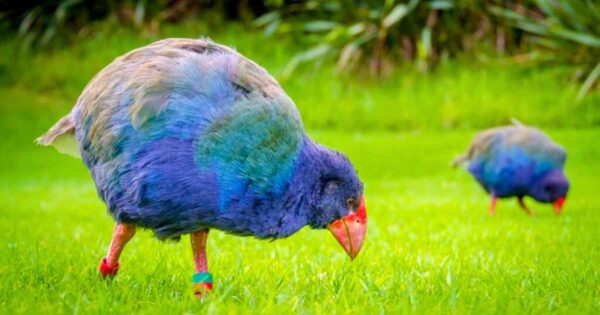
This is hoped to be followed by seven more in October, and another 10 in the early months of next year as this rediscovered wonder continues its long road to recovery into the third separate breeding population in the wild.
The automobile was still a novel sight in London when the takahē was declared extinct.
This iridescent flightless bird is a symbol of New Zealand’s unique prehistoric past, but it evolved on an island without mammals, and with their invasive introduction came what might have been the bird’s ultimate demise.
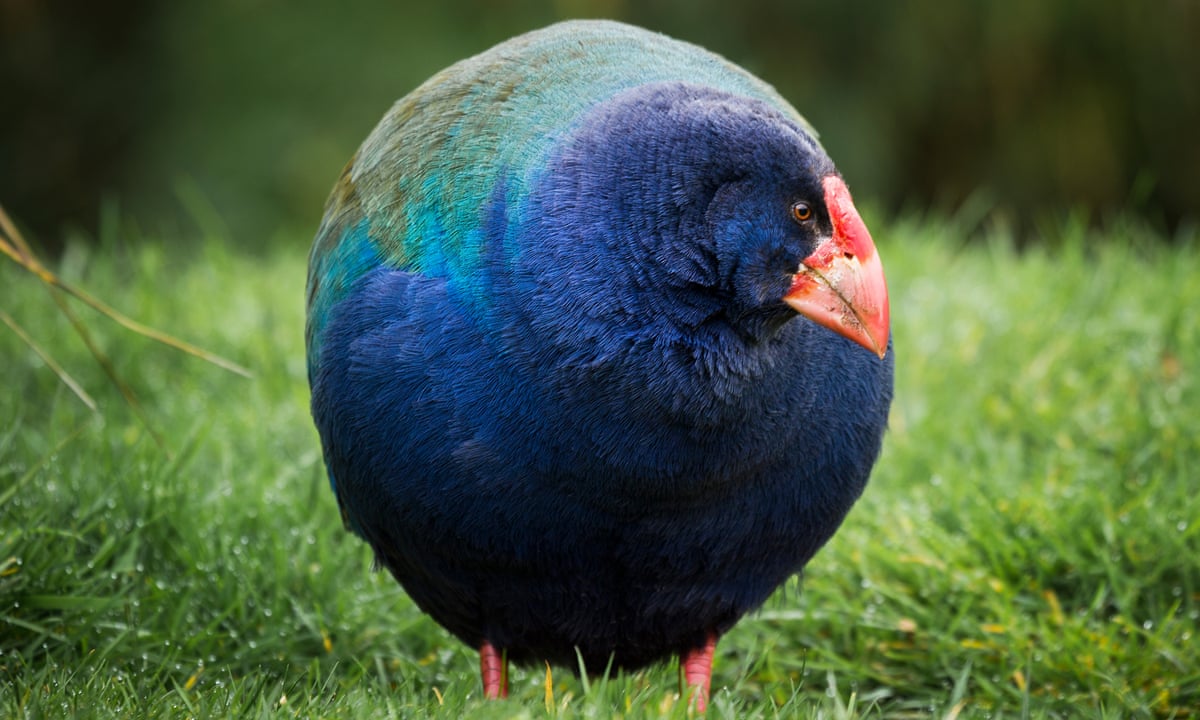
However they were rediscovered after the Second World War and ever since conservationists have been taking a proactive approach to ensuring their survival. Eggs located in the wild are taken into care centers to protect them from thieves like stoats, ferrets, and rats.
Conservationists raised chicks in breeding centers by using sock puppets shaped like adult takahē heads, an invaluable technique that eventually gave way to breeding in specially controlled environments.
Trapping the invasive predators has also been an incredibly important contribution to the animal’s steady growth in population of around 8% per annum.
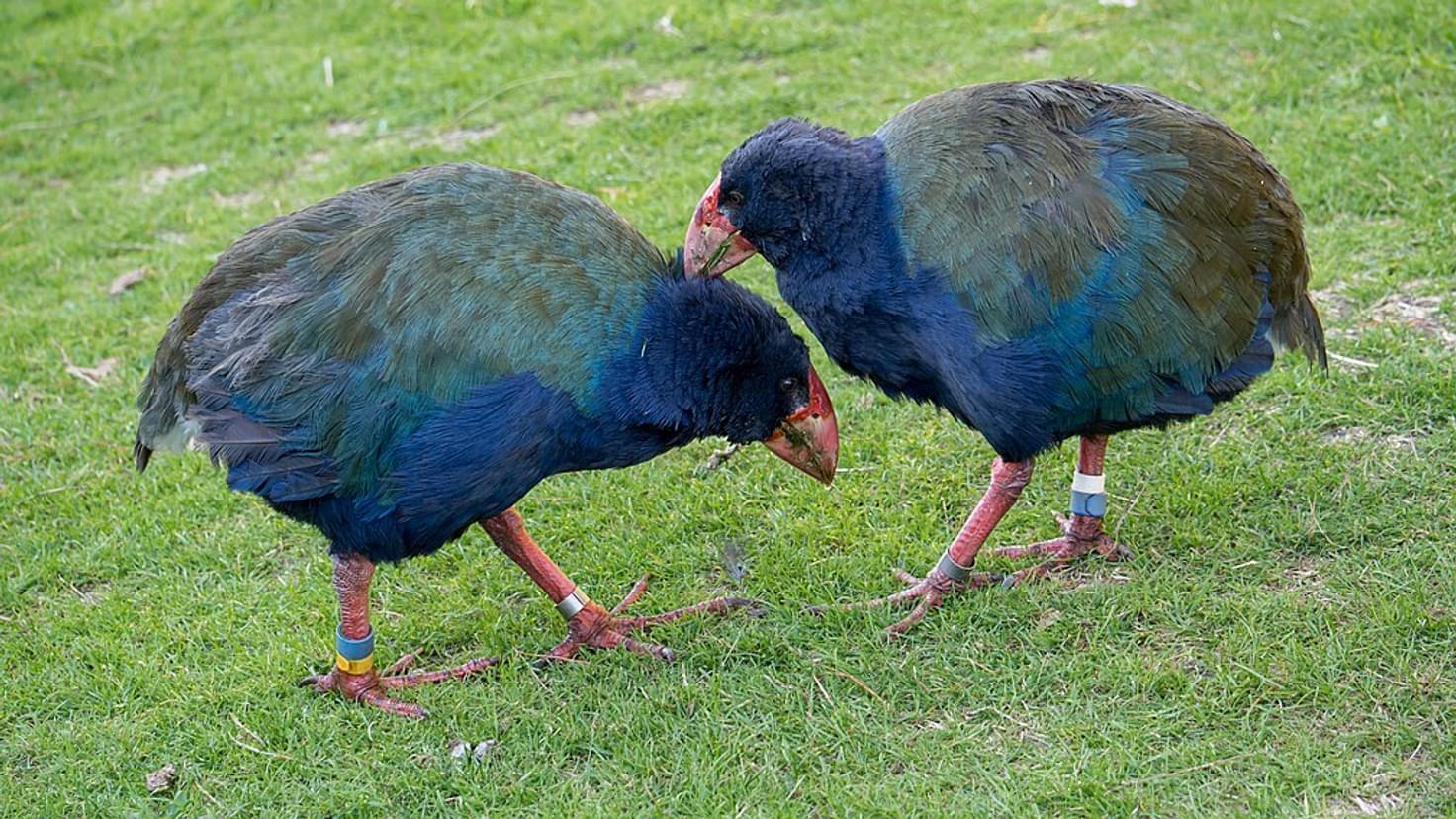
On New Zealand’s South Island, Lake Wakatipu is the island nation’s longest, snaking through the Waimāori Valley for 50 miles. The surrounding environment of alpine slopes is perfect for the one-and-a-half-foot bird.
“They’re almost prehistoric looking,” says Tūmai Cassidy, of the Ngāi Tahu indigenous group who steward the land around Lake Wakatipu. “Very broad and bold.”
He says that from the front they appear perfectly spherical, like a miniature Earth mounted on a pair of orange legs.
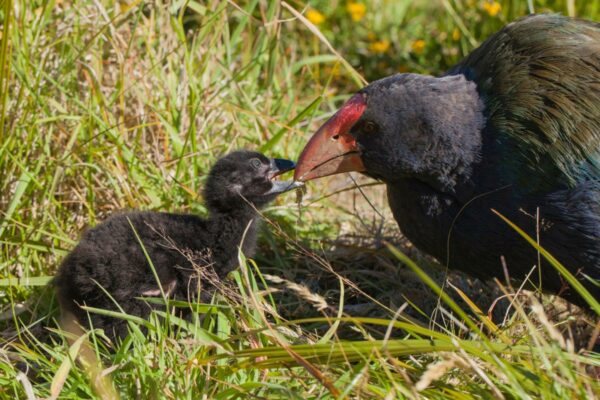
For the Māori, the reintroduction is incredibly special. In the past Māori people gathered the feathers of the bird into cloaks, and the calls of these animals radiating up the slopes from the valley bottom was a cherished memory that may now be able to be relived.

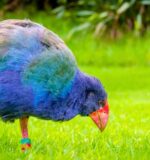
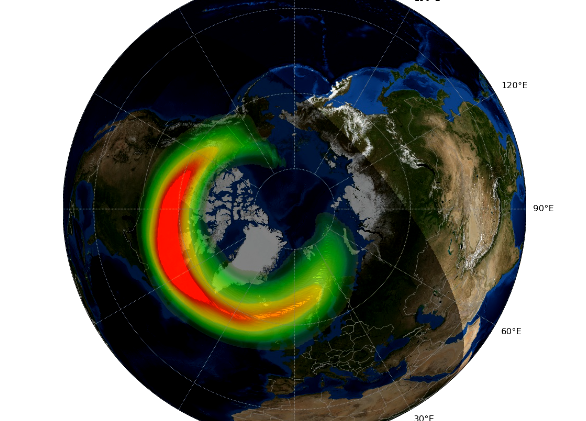
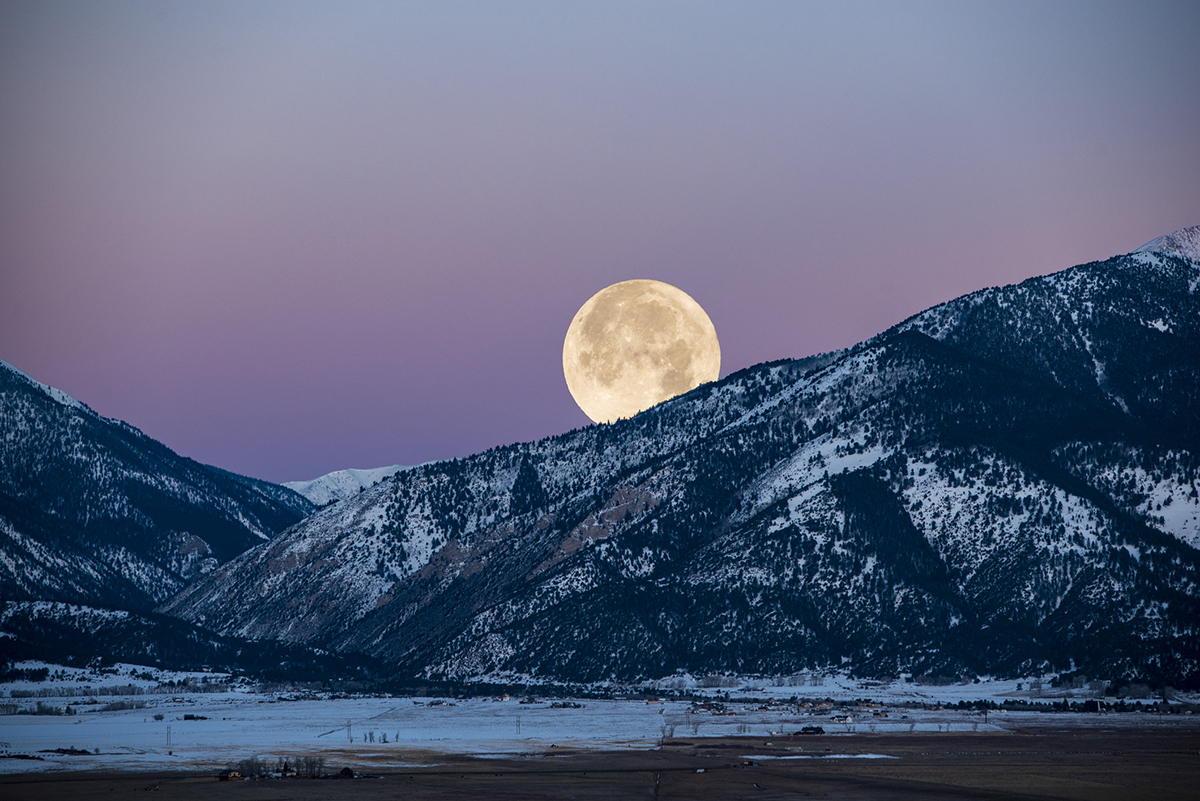
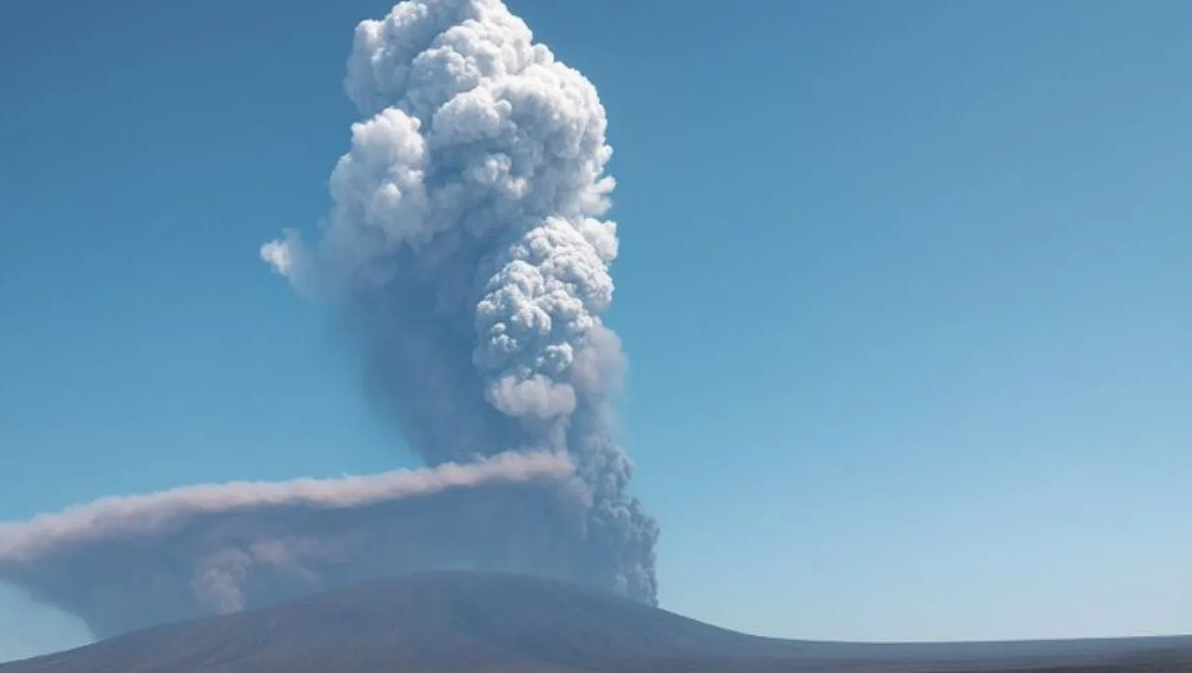
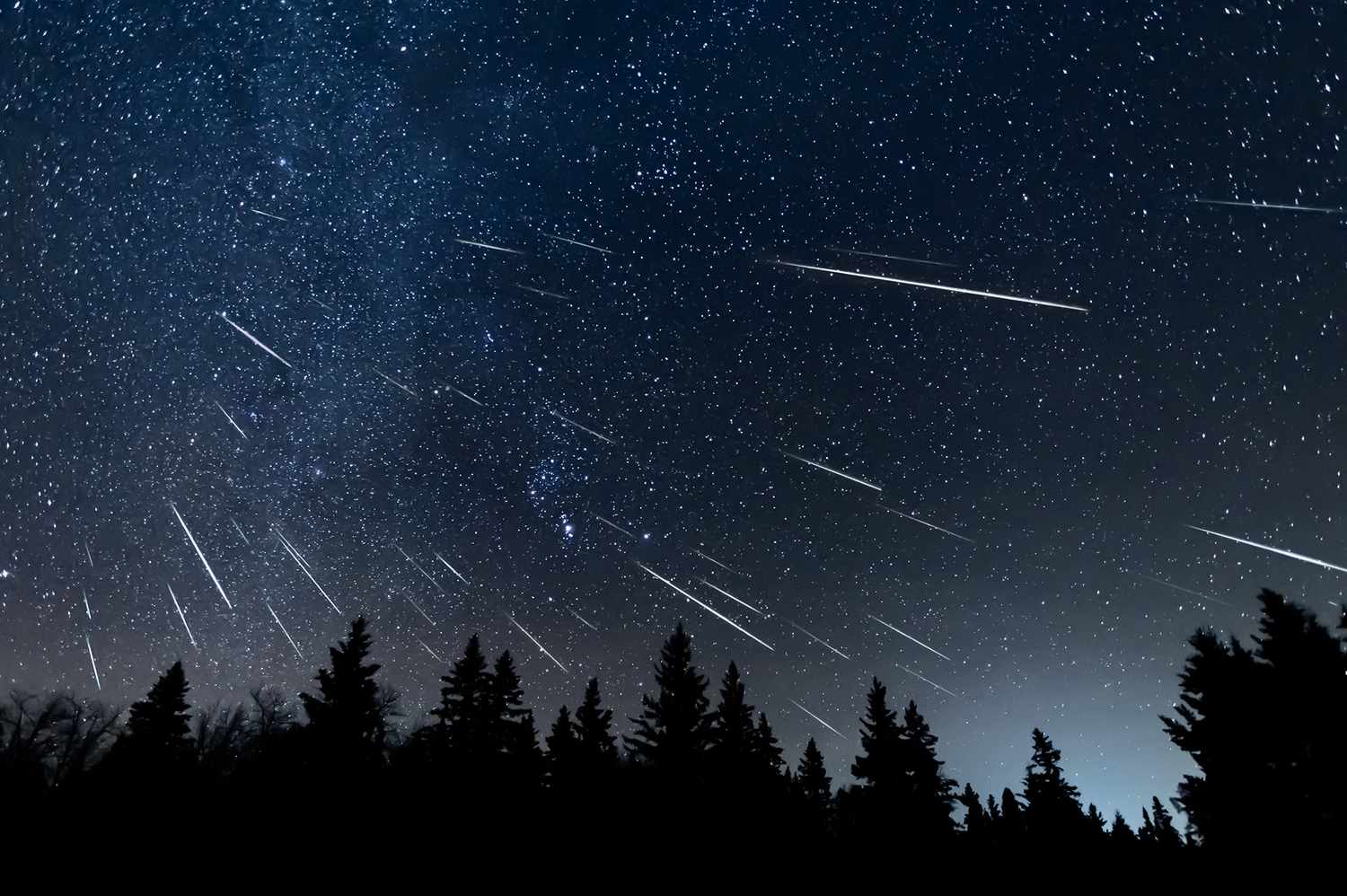
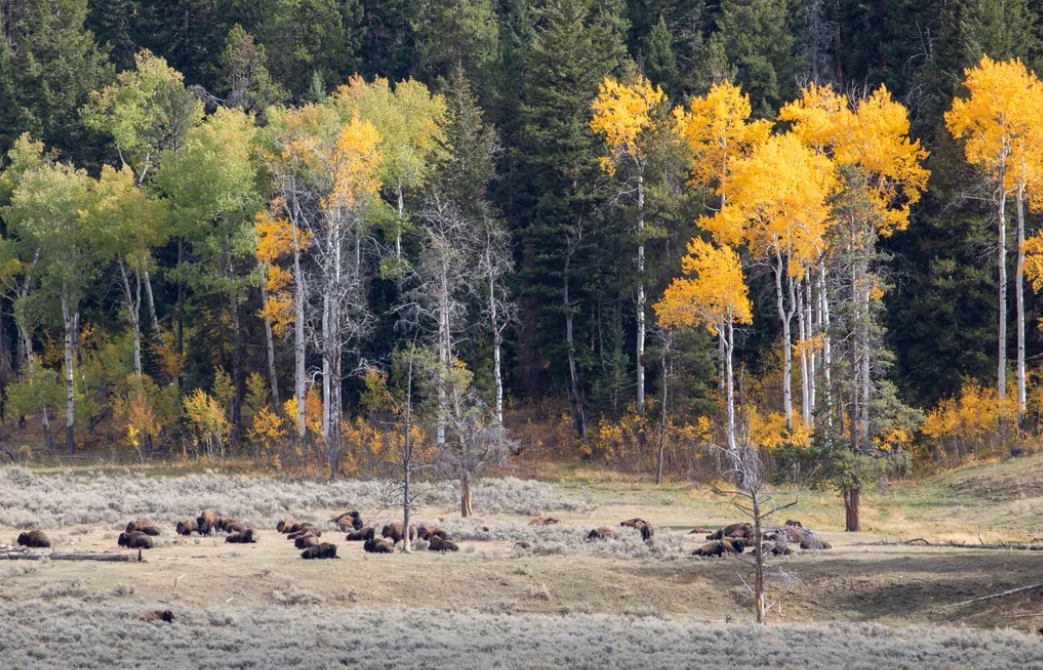

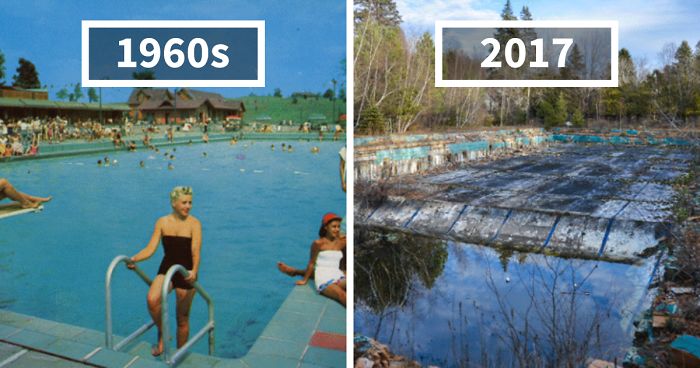 Photographer Finds Locations Of 1960s Postcards To See How They Look Today, And The Difference Is Unbelievable
Photographer Finds Locations Of 1960s Postcards To See How They Look Today, And The Difference Is Unbelievable  Hij zet 3 IKEA kastjes tegen elkaar aan en maakt dit voor zijn vrouw…Wat een gaaf resultaat!!
Hij zet 3 IKEA kastjes tegen elkaar aan en maakt dit voor zijn vrouw…Wat een gaaf resultaat!! 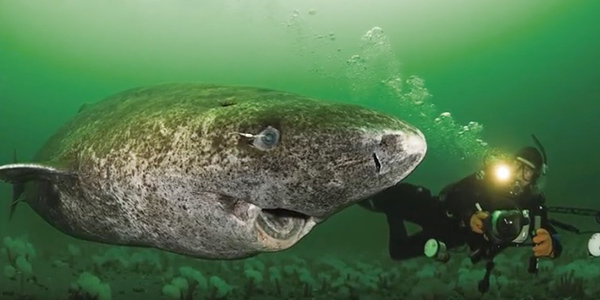 Scientists Discover 512-Year-Old Shark, Which Would Be The Oldest Living Vertebrate On The Planet
Scientists Discover 512-Year-Old Shark, Which Would Be The Oldest Living Vertebrate On The Planet  Hus til salg er kun 22 kvadratmeter – men vent til du ser det indvendigt
Hus til salg er kun 22 kvadratmeter – men vent til du ser det indvendigt  Superknepet – så blir snuskiga ugnsformen som ny igen!
Superknepet – så blir snuskiga ugnsformen som ny igen! 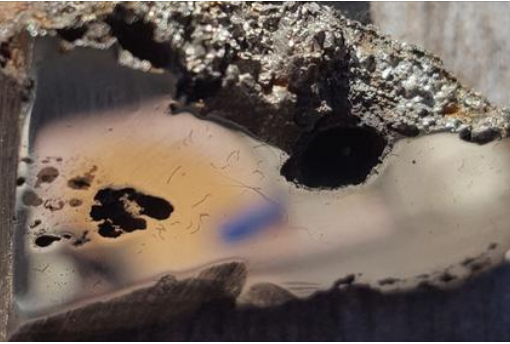 Meteorite That Recently Fell in Somalia Turns Out to Contain Two Minerals Never Before Seen on Earth
Meteorite That Recently Fell in Somalia Turns Out to Contain Two Minerals Never Before Seen on Earth  Nearly Frozen Waves Captured On Camera By Nantucket Photographer
Nearly Frozen Waves Captured On Camera By Nantucket Photographer 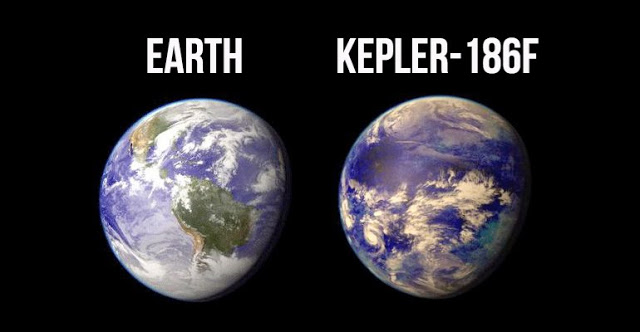 It’s Official: Astronomers Have Discovered another Earth
It’s Official: Astronomers Have Discovered another Earth 